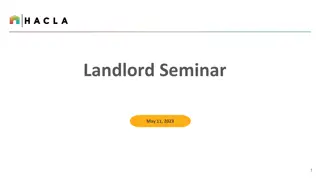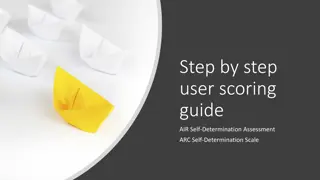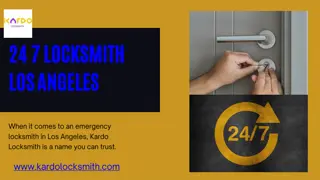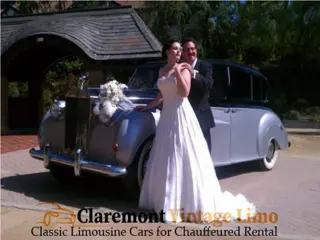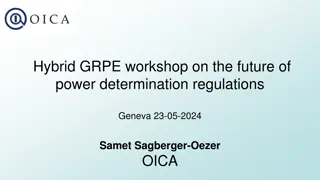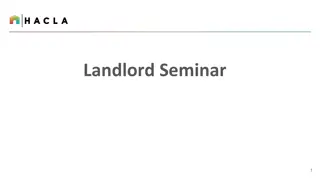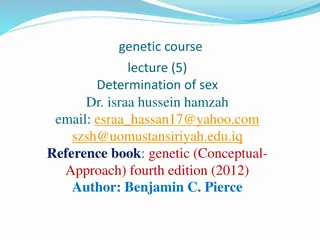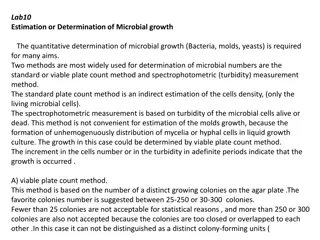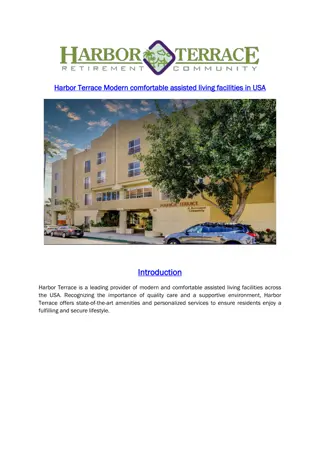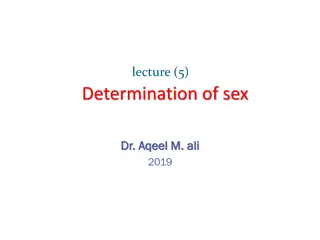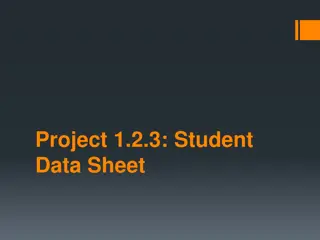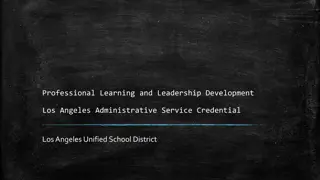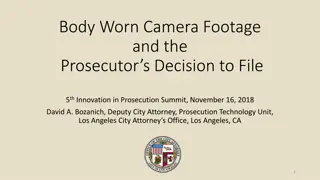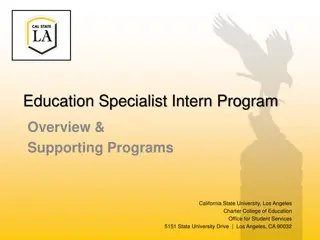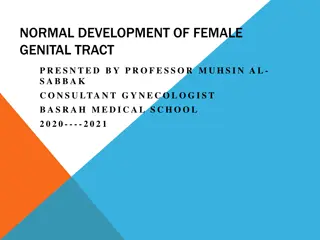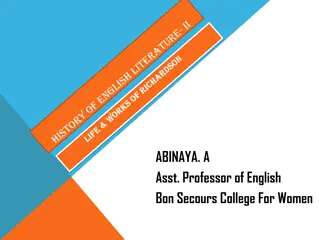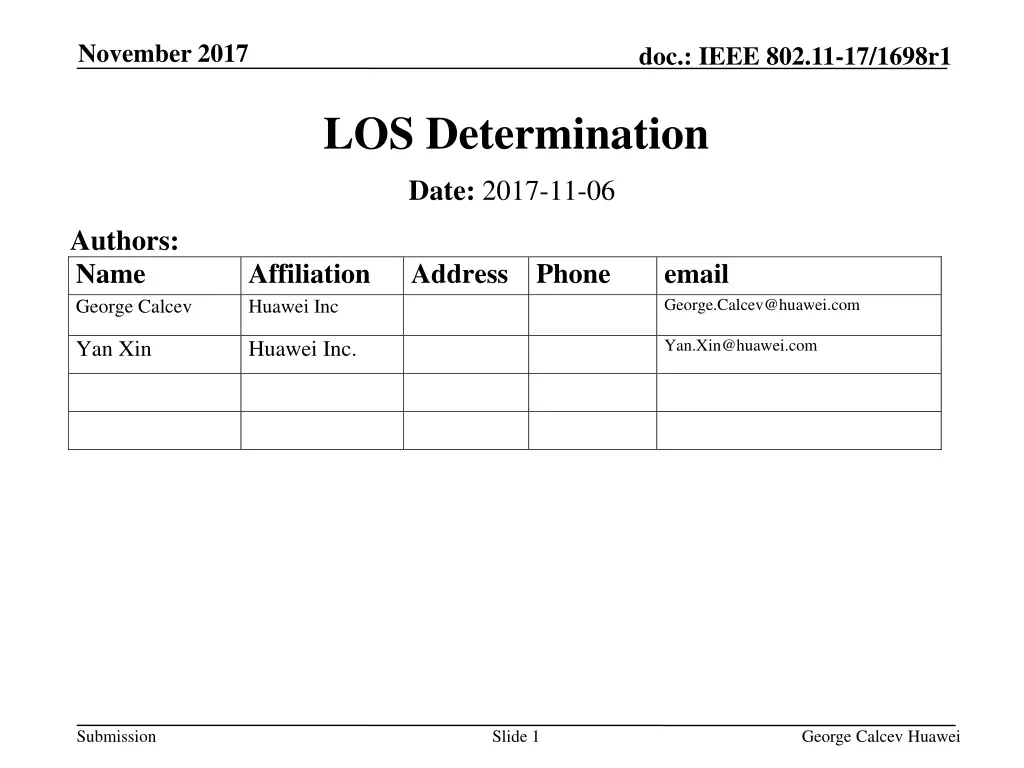
IEEE 802.11 LOS Determination Solution
Explore a solution for Line of Sight (LOS) determination in IEEE 802.11 standard to address challenges with LOS/NLOS conditions, utilizing beamforming training and polarization changes for improved accuracy.
Download Presentation

Please find below an Image/Link to download the presentation.
The content on the website is provided AS IS for your information and personal use only. It may not be sold, licensed, or shared on other websites without obtaining consent from the author. If you encounter any issues during the download, it is possible that the publisher has removed the file from their server.
You are allowed to download the files provided on this website for personal or commercial use, subject to the condition that they are used lawfully. All files are the property of their respective owners.
The content on the website is provided AS IS for your information and personal use only. It may not be sold, licensed, or shared on other websites without obtaining consent from the author.
E N D
Presentation Transcript
November 2017 doc.: IEEE 802.11-17/1698r1 LOS Determination Date: 2017-11-06 Authors: Name George Calcev Affiliation Huawei Inc Address Phone email George.Calcev@huawei.com Yan.Xin@huawei.com Yan Xin Huawei Inc. Submission Slide 1 George Calcev Huawei
November 2017 doc.: IEEE 802.11-17/1698r1 Problem Range and angle measurements are expected to rely on LOS (Line of Sight) path which is useful for single link positioning Single link positioning is an important selling point for 60GHz Determination of ToF is affected by LOS/NLOS conditions Recently Qualcomm proposed that First Path is used for LOS beamforming training [1] In that proposal when the feature is supported the first path strength is reported and the beamforming is done using the first path feedback The main issue with this solution is lack of assurance in agreement of the first path and the LOS path, i.e., the first received path may correspond to a NLOS rather than the LOS path Submission Slide 2 George Calcev, Huawei
November 2017 doc.: IEEE 802.11-17/1698r1 Example NLOS First Path Second Path Submission Slide 3 George Calcev, Huawei
October 2017 doc.: IEEE 802.11-17/1698r1 Physics http://hyperphysics.phy-astr.gsu.edu/hbase/phyopt/polref.html From the laws of physics results that in order to determine if a particular wave was affected by a reflection (NLOS), one could observe the changes in polarization while the LOS path does not change the polarization. Examples of the impact of reflections on the signal strength for various polarizations are provided in [2] Submission Slide 4 George Calcev, Huawei
October 2017 doc.: IEEE 802.11-17/1698r1 Solution Perform a BRP-based beamforming training that will be look for the first path strength changes under different polarizations. Send the same sequence (at the same power or know power variations) with changed polarizations a few times in beamforming training Compare the strength of first path for different polarizations If first path is invariant with polarization then it can be concluded that the measured first path is the LOS path. Submission Slide 5 George Calcev, Huawei
October 2017 doc.: IEEE 802.11-17/1698r1 Possible draft changes needed Capability field to support LOS beamforming Request of TRN polarization change for LOS determination Indication of the polarization change in the current transmission (for consecutive TRN repetitions) Indication of when it is used is within FTM frames defined by 11az. Possible exchange information about polarization capabilities between TX and RX nodes Submission Slide 6 George Calcev, Huawei
October 2017 doc.: IEEE 802.11-17/1698r1 Straw polls Do you agree 802.11ay to support the concept of LOS determination using multiple polarizations transmissions of the same TRN sequence? Submission Slide 7 George Calcev, Huawei
October 2017 doc.: IEEE 802.11-17/1698r1 References [1] 20-Sep-2017 IEEE 1436r1 Assaf Kasher (Qualcomm) First Path Beamforming Text [2] Alexander Maltsev, et. al. Impact of Polarization Characteristics on 60-GHz Indoor Radio Communication Systems IEEE Antennas and Wireless Propagation letters, vol. 9, 2010 Submission Slide 8 George Calcev, Huawei

